Steel Columns Make High-Rise Buildings Safer and More Reliable
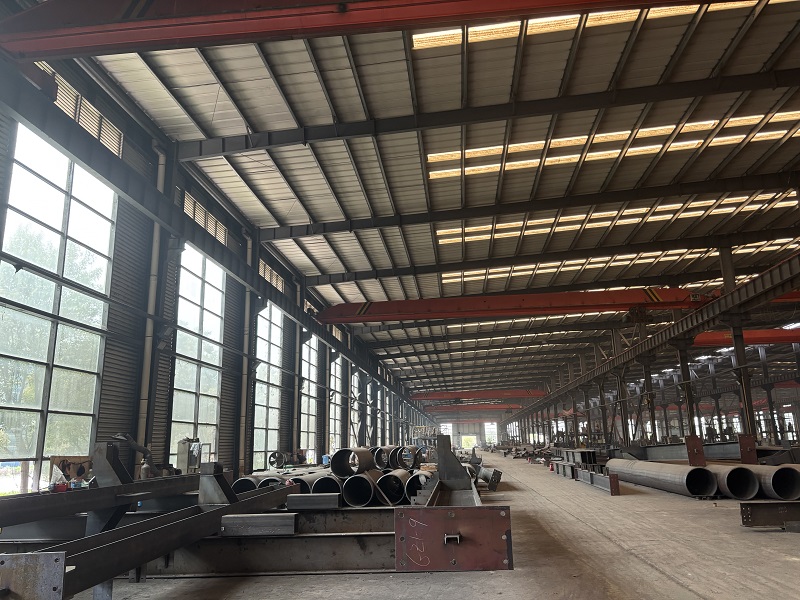
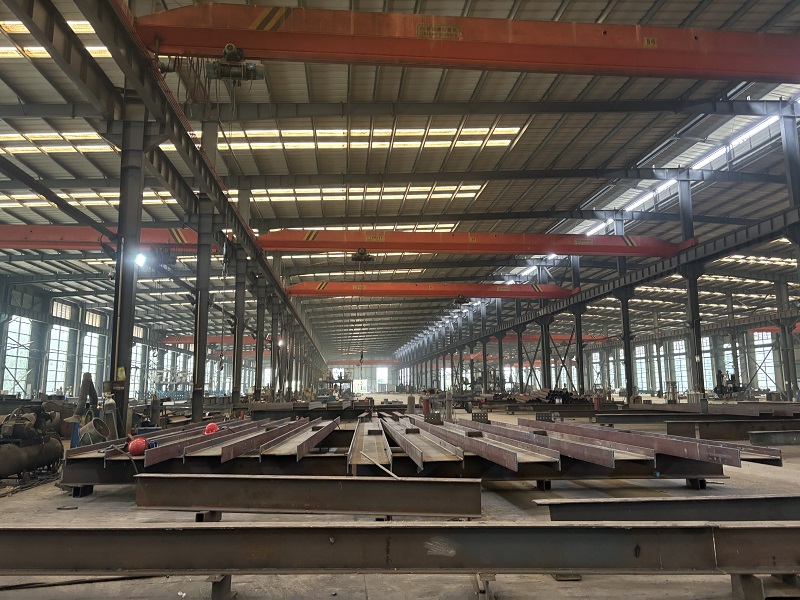
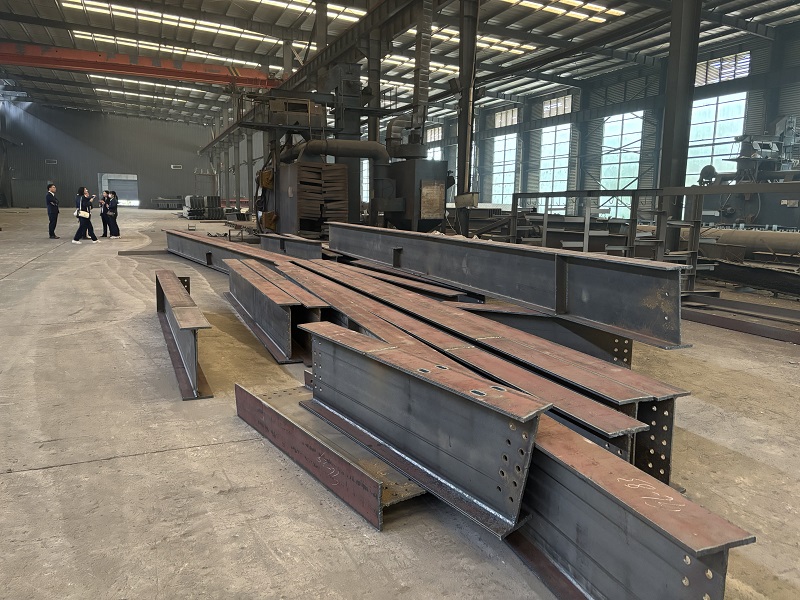
| Product name: | Steel Columns Make High-Rise Buildings Safer and More Reliable |
| Keywords: | Steel Columns Make High-Rise Buildings Safer and More Reliable |
| Industry: | Construction and building materials - Construction industry |
| Process: | Sheet metal - Structural parts |
| Material: | Carbon steel |
Processing manufacturer
- There are 40 manufacturers that provide similar products
- There are 127 manufacturers that provide this processing technology
- There are 60 manufacturers that provide this material processing service
- There are 164 manufacturers that provide this industry processing service
Product details
In shaping the modern urban skyline, high-rise buildings have become symbols of the times due to their magnificent presence and efficient space utilization. However, the stability and safety of these skyscrapers depend on the excellent performance of a core component: steel columns. As the "backbone" of high-rise buildings, the safety and reliability of steel columns are directly related to the overall stability and service life of the building, making them a crucial aspect that cannot be ignored in architectural design and construction.
The safety of steel columns is primarily reflected in the meticulousness of their materials and craftsmanship. High-quality steel possesses high strength, high toughness, and good corrosion resistance, enabling it to withstand extreme loads and complex environmental influences. For example, steel columns made of Q355 or Q420 high-strength steel can not only effectively resist external forces such as earthquakes and wind loads but also maintain structural integrity during long-term use. Furthermore, modern manufacturing techniques such as precision welding and heat treatment processes further enhance the mechanical properties of steel columns, ensuring they can stably support buildings even under extreme conditions.
Scientific optimization during the design phase is another guarantee of steel column reliability. With the aid of advanced finite element analysis and BIM (Building Information Modeling) technology, engineers can simulate the stress state of steel columns under various working conditions, thereby optimizing cross-section design and connection methods. For example, by reasonably setting the cross-sectional dimensions and reinforcing ribs of steel columns, stress can be effectively dispersed, avoiding local buckling or fatigue failure. In addition, the connection design between steel columns and beams and slabs is equally important. The use of high-strength bolts or full-welded connections can significantly improve node stiffness, ensuring the coordinated work of the overall structure.
Quality control during the construction process is the "last mile" of steel column safety and reliability. Strict construction specifications and quality inspection systems can ensure the installation accuracy and connection reliability of steel columns. For example, the verticality deviation of steel columns must be controlled within the millimeter range to avoid stress concentration. At the same time, welding quality needs to be tested by non-destructive testing to ensure that the weld has no cracks or pores. This meticulous construction attitude not only improves the reliability of steel columns but also provides a solid guarantee for the safety of the entire building.
It is worth mentioning that the reliability and safety of steel columns are also reflected in their adaptability to environmental changes. In coastal areas, steel columns need to cope with the challenges of salt spray corrosion. The use of hot-dip galvanizing or anti-corrosion coating technology can effectively extend their service life. In cold regions, low-temperature toughness testing ensures that steel columns do not undergo brittle fracture in extremely cold environments. These targeted designs and protective measures enable steel columns to cope with diverse environmental challenges, providing lasting safety for high-rise buildings.
Choosing high-quality steel column solutions is not only a reflection of building quality but also a guarantee of customer investment value. A professional steel structure supplier can provide a full-chain service from design and manufacturing to installation, ensuring that steel columns maintain excellent performance throughout their life cycle. Whether you are a developer pursuing iconic buildings or an owner focusing on long-term operation, safe and reliable steel columns will be the cornerstone of your projects success.
In the future, with the continuous emergence of new materials and technologies, the performance of steel columns will be further improved, injecting new vitality into the safety and sustainable development of high-rise buildings. Choosing reliable steel columns means choosing confidence in the future.
Similar products
More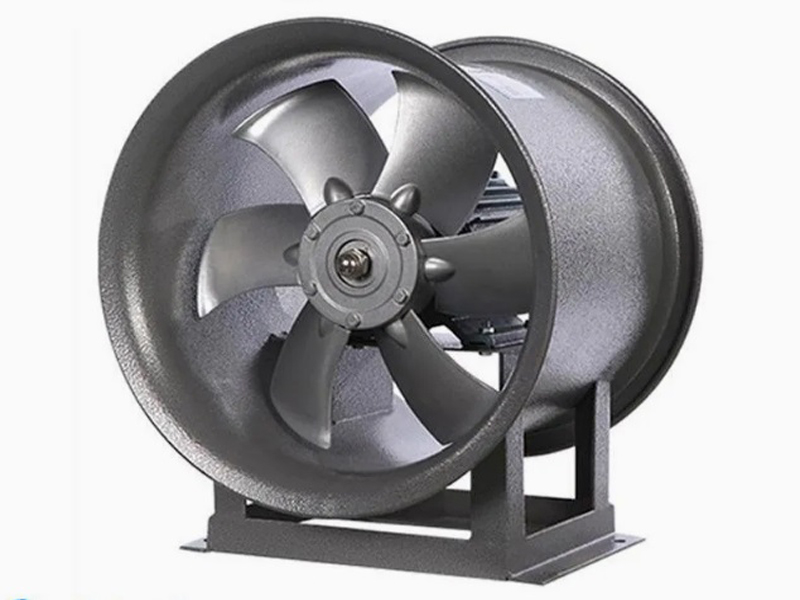
What are the machining processes used for processing axial fan housings
- Process : Sheet metal - Welding
- Material : Carbon steel

Precision Machining of U-Steel Profiles for Building Applications
- Process : Stamping - General stamping
- Material : Aluminum
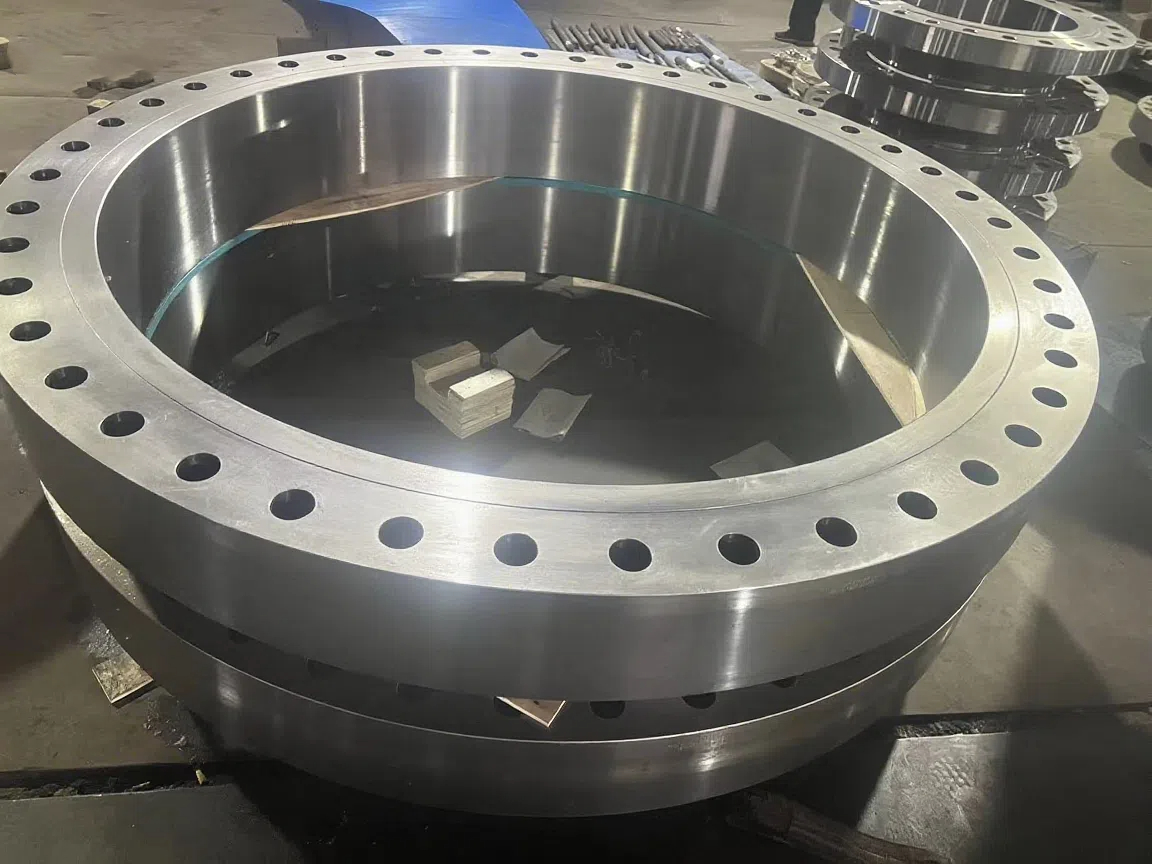
Heavy-Walled Flange Milling-Turning Machining and Flaw Detection
- Process : Machining - Turning Milling compound
- Material : Alloy steel

Machining Process Analysis of Carbon Steel Fixed Anchor Plates
- Process : Machining - CNC milling or milling machining
- Material : Carbon steel
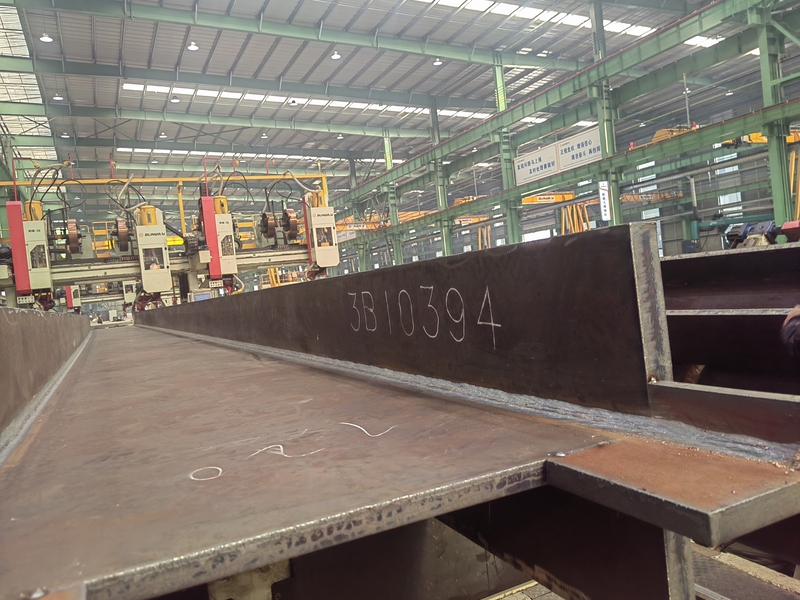
Custom Fabrication of S355JR Welded H-Beams for Construction Projects
- Process : Sheet metal - Welding
- Material : Carbon steel

Drill Stabilizers Applied in Oil Drilling Platforms
- Process : Machining - Five-axis machining
- Material : Alloy steel
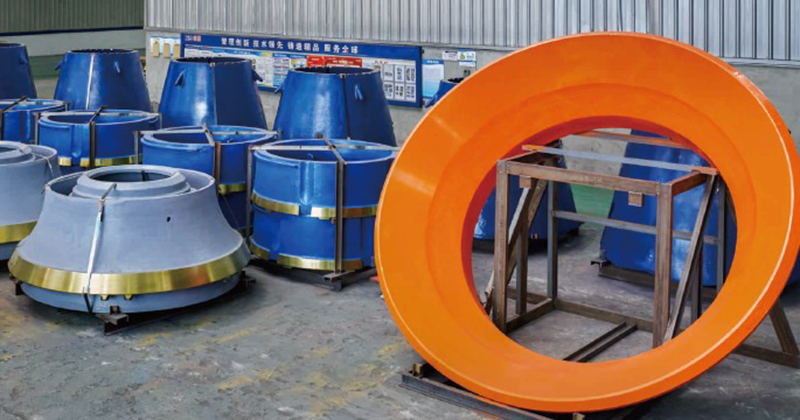
Cone Crusher Mantle
- Process : -
- Material :
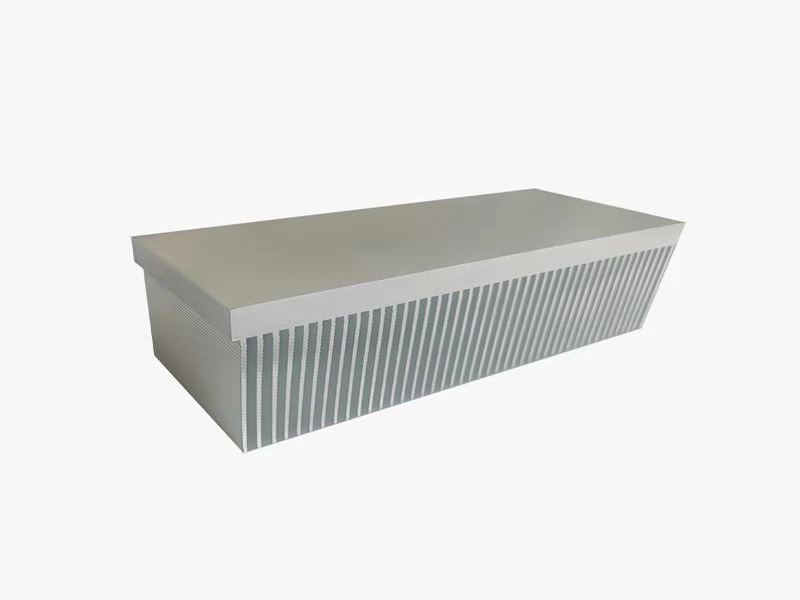
Innovative skiving technology: Breaking through the bottleneck of high-density heat dissipation technology
- Process : Surface treatment - Others
- Material : Alloy steel
More products
More
What are the machining processes used for processing axial fan housings
- Process : Sheet metal - Welding
- Material : Carbon steel

Precision Machining of U-Steel Profiles for Building Applications
- Process : Stamping - General stamping
- Material : Aluminum

Heavy-Walled Flange Milling-Turning Machining and Flaw Detection
- Process : Machining - Turning Milling compound
- Material : Alloy steel

Machining Process Analysis of Carbon Steel Fixed Anchor Plates
- Process : Machining - CNC milling or milling machining
- Material : Carbon steel

Custom Fabrication of S355JR Welded H-Beams for Construction Projects
- Process : Sheet metal - Welding
- Material : Carbon steel

Drill Stabilizers Applied in Oil Drilling Platforms
- Process : Machining - Five-axis machining
- Material : Alloy steel

Cone Crusher Mantle
- Process : -
- Material :

Innovative skiving technology: Breaking through the bottleneck of high-density heat dissipation technology
- Process : Surface treatment - Others
- Material : Alloy steel